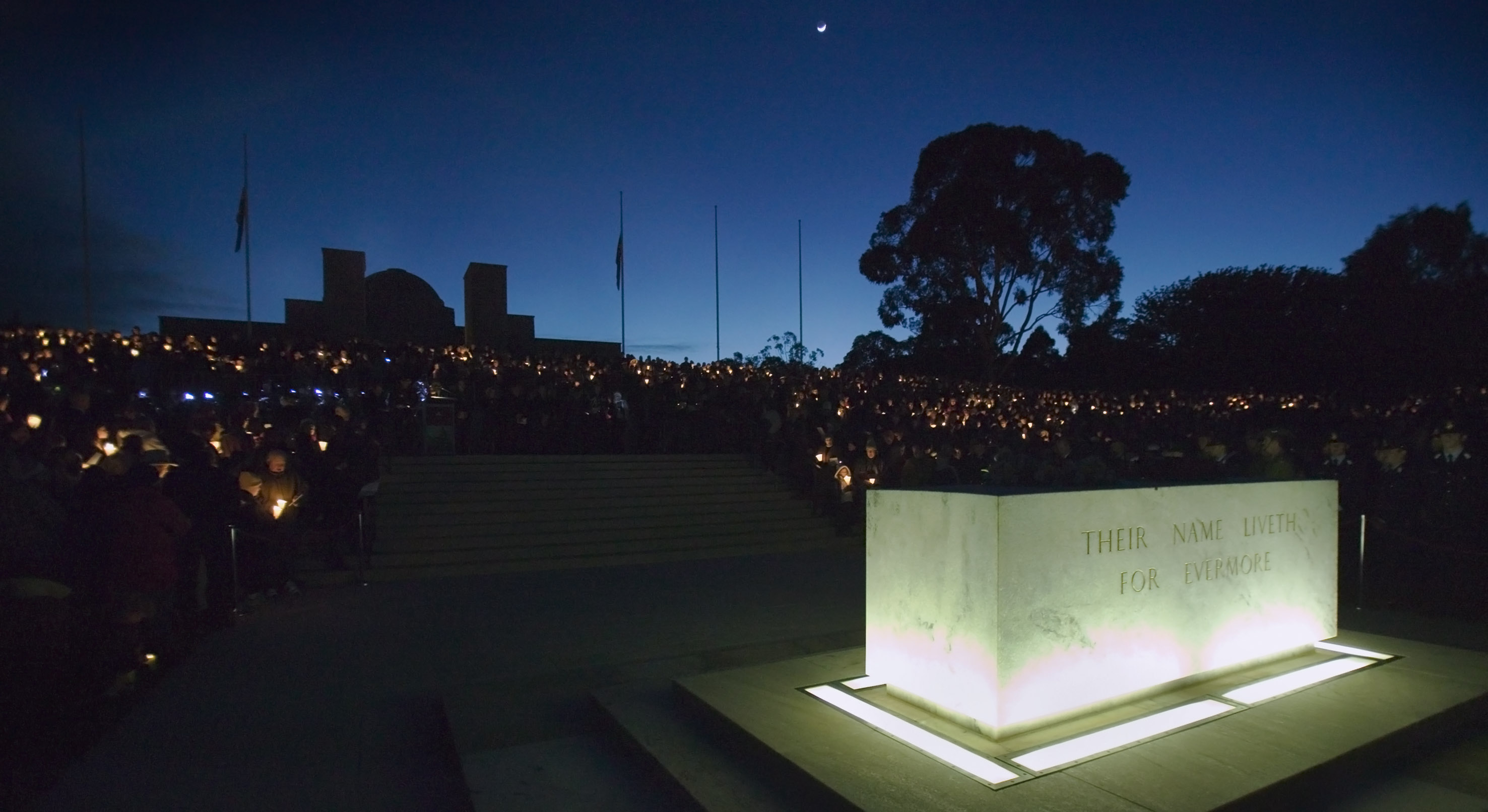
Anzac Day 2008, is the 90th Anniversary of the famous battle of Villers-Bretonneux. On the night of 24 April 1918 and through the morning of 25 April 1918, Australian troops attacked German forces at Villers-Bretonneux.
Until the last year of the First World War, the small French manufacturing town of Villers-Bretonneux held no particular significance to Australia. It was now important because it was on the main road and rail line along the direct German approach to the major city of Amiens.
On 24 April, at 4.45 am on a dull and misty morning, heavy German artillery fire descended on the British troops who were occupying the line in front of Villers-Bretonneux. Behind the town Australians met young soldiers withdrawing who told them the Germans were advancing with flame-throwers and with tanks. Amiens was under direct and serious threat.
Most of the German thrust fell on the southern side of Villers-Bretonneux: Major General J.J. Talbot Hobb’s 5th Australian Division was not far away on the plateau to the north. By not conforming to a withdrawal – that is, by not joining in the withdrawal – the division would play its own vital role in the battle, and its 15th Brigade would soon have a very active part.
The Germans fought through to the Amiens side of Villers-Bretonneux, which was being pounded by artillery fire. It was essential that the allies mount a quick and powerful counter-attack before the enemy could consolidate. However only the Australian 13th Brigade (4th Division) and 15th Brigade (5th Division), which were in reserve, and some British battalions were available. The 15th Brigade was already close by and had been sending out its own patrols, but the 13th Brigade was resting more than ten kilometres away at Querrieu. It received orders mid-morning to move towards the action. Although the 13th had suffered in heavy fighting at nearby Dernancourt three weeks earlier, it headed off “brimming with confidence”.
The quickly prepared plan was for the 15th Brigade to attack on the north of the town and the 13th on the south, in a pincer movement. British troops would be alongside and would also follow through in the gap between the Australians. Artillery support was available, but there could be no preliminary bombardment or creeping barrage.
The two Australian brigades were each under the most redoubtable leaders of the AIF, Brigadier Generals William Glasgow and H.E. “Pompey” Elliott. Both were tough, courageous and battle-wise. Within a few months Glasgow would rise to the command of the 1st Australian Division. Even so, when told that the attack would take place that evening, while there was still light. He responded, “If God Almighty gave the order, we couldn’t do it by daylight.” Finally he proposed 10.30 pm, and then reluctantly agreed on 10 pm. It turned out that he was right to resist this haste, as in the end neither brigade was able to get into position in time.
Within the platoons there was hasty discussion of orders and the issuing of grenades and extra bandoliers of rifle ammunition. Then they began to move up to their starting positions in the dim light. At the appointed time of 10 pm, the supporting artillery opened fire, but the infantry were not ready. German flares fizzed into the sky, falling in red, white, green, and golden bunches, and their artillery began to retaliate. Heavy fire fell on the town, bringing down roofs and walls and setting buildings on fire. Glasgow’s men eventually moved off from their start positions with bayonets fixed, and more than an hour later Elliott’s did too.
The Australian advance rolled forward, often straight into the face of machine-guns. To the south the men were finding their way over unfamiliar ground in the darkness. On the north, dashing forward, some in the 57th Battalion began yelling. Despite all of the noise, they could be heard on the other side of the town. An officer remembered, “The yelling rose high and passed to the 58th and 60th Battalions. Baying like hell-hounds, they also charged.”
It was in such fighting that Lieutenant Clifford Sadlier of the 51st Battalion won the Victoria Cross that night. He and his sergeant, Charlies Stokes, carrying their own bags of grenades (“bombs”), boldly led their platoon against enemy posts. There were heavy casualties. At one point Sadlier attacked a machine-gun position alone with his revolver. His citation says, “His coolness and utter disregard of danger inspired all.” Only after being wounded a second time during the attack did he retire.
The fighting went on throughout the night, and the Australians eventually got to the other side of Villers-Bretonneux. Victory had come on the anniversary of ANZAC Day. Now came the task of mopping up and clearing the town. Early in the morning some tanks assisted. For a while the gap between the brigades allowed some Germans to escape along the railway, which was protected by a deep cutting. But they had been driven off, leaving the ground to the Australian and British troops. Many Germans were killed and many others who were trapped had surrendered. The German drive towards Amiens had failed; they did not try again.
ANZAC Day Friday 25 April 2008
Dawn Service 5.30 am
National Ceremony 10.15 am
The ANZAC Day Dawn Service at the Australian War Memorial in Canberra is one of the nations’ most moving ceremonies. Each year thousands of Australians gather by candlelight to commemorate the anniversary of the first military action fought by Australian and New Zealand forces.
Bring your family and friends to experience the emotion of the lone bugler playing the Last Post as you pay your respects to those who gave their lives in the service of their country. After the ceremony, gain a true understanding of the experiences of our ANZACs by taking time to explore the new Conflicts 1945 to today galleries at the Australian War Memorial on this important national day.
For more information visit www.awm.gov.au






